

The Sculpture program emphasizes a hands-on exploration of both traditional and innovative practices in the fabrication of ideas in-the-round. Students are taught a variety of techniques including fabrication in wood, steel, and plastics; found object and mass produced material manipulation; and the casting iron, bronze, aluminum, plastics and rubbers. Personal ideas and visions are encouraged, fostered, and realized using our various sculpture studios and equipment. The Sculpture studios include specialized shops in woodworking, plaster work, steel fabrication, foundry and blacksmithing, lost wax casting, as well as computer processes such as laser engraving and 3-D rapid prototyping. Students research and discuss the history of sculpture and contemporary sculpture theory while they produce objects and environments that communicate their ideas to a wider audience.
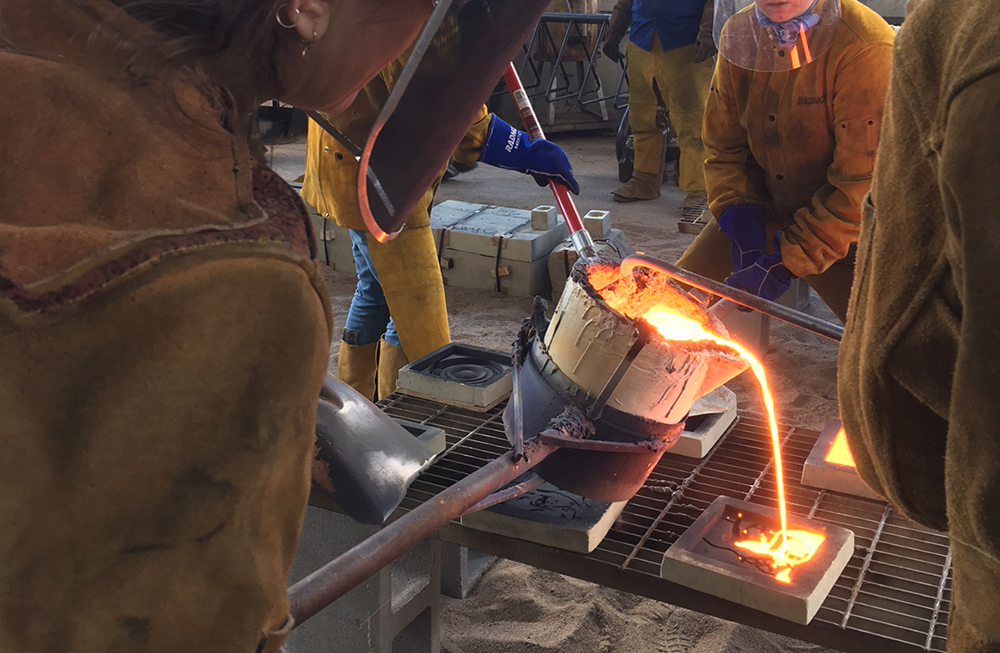
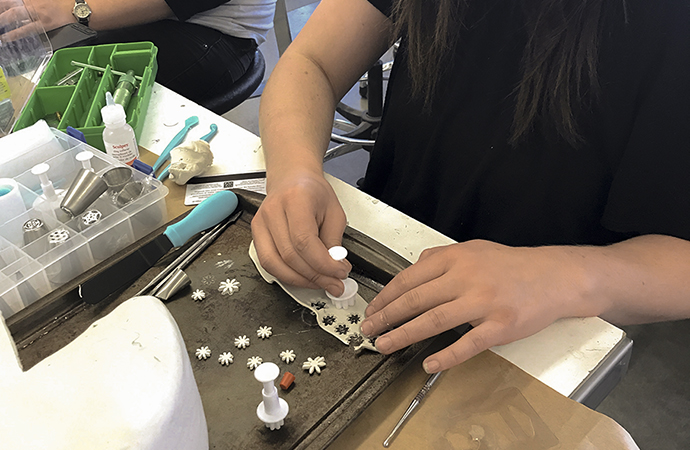

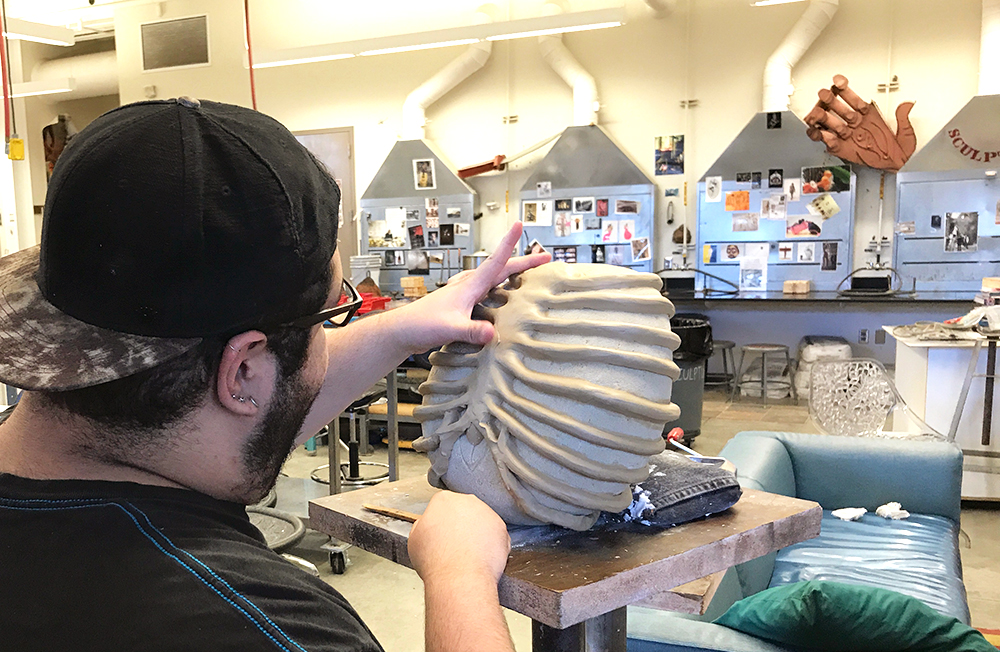
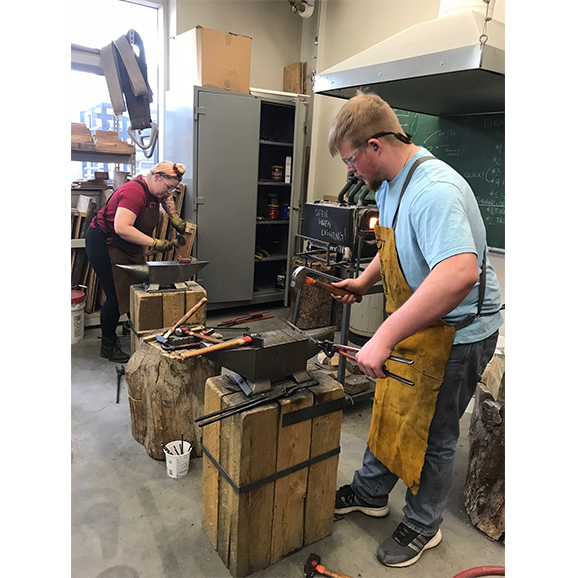
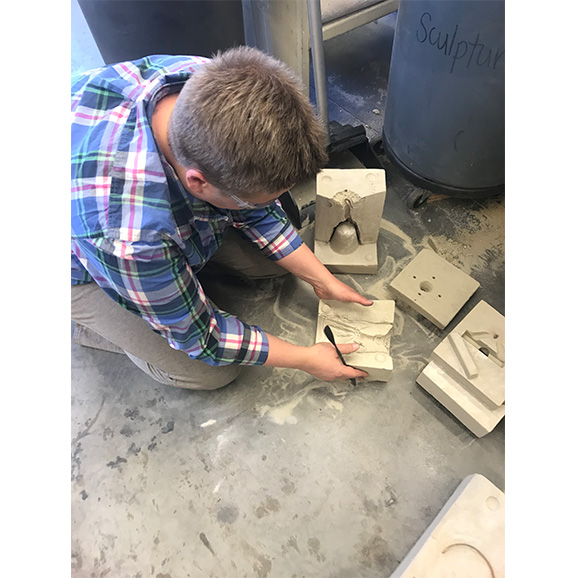

Within the Sculpture Program - we attend yearly ISC - International Sculpture Center’s Conference, and we are quite visible at the International, National, and Western Cast Iron Art Conferences. Students gain input on their work, become part of these larger communities of working sculptors/artists, and they help pour tons of iron while seeing new cities and learning about graduate schools programs.
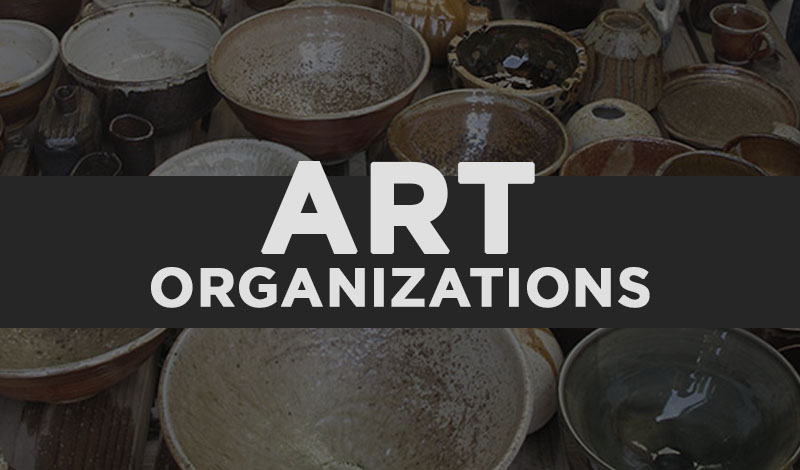
Within the Art and Art History Program, students have the opportunity to be a part of art organizations. Within the Sculpture program, there is the Wyoming Sculpture Society, which is open to all students in the Art and Art History Program.
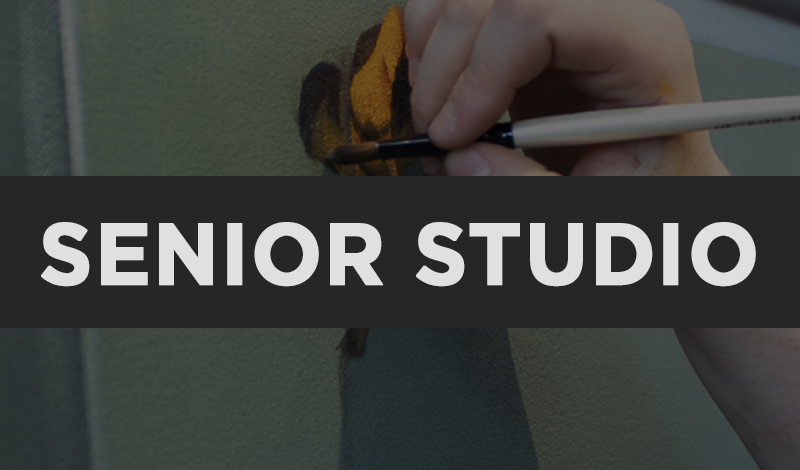
Senior Studios can be acquired by application and are for advanced students enrolled in at least one credit hour of upper level courses in the Art and Art History Program to work on their creative research safely and independently. A student interested in the sculpture area senior studios must be enrolled in at least one sculpture course.
One of the most successful programs we have is the Post Undergraduate Assistantship. Senior graduating students can apply for a Post Undergraduate Assistantship for the year following graduation.
For the B.A. in Studio Art & B.F.A. in Studio Art major requirements, visit the Undergraduate Major. For Minor requirements, visit Minors in Art.
2310 [1310]. Sculptural Practices I. 3. This beginning sculptural practices course introduces fundamentals in traditional and contemporary sculpture. Students are asked to explore various mediums, techniques, and equipment including: wood and metal fabrication, casting with plaster, and mixed media and digital technology processes. Assigned projects, extensive sketchbook work, artist research, and critique participation is expected.
3310. Sculptural Practices: Cast Form I. 3 (Max. 6). This intermediate sculptural practices course explores a wide variety of mold-making and processes including cold-casting (paper/fabric/resin casting) and both non-ferrous (bronze and aluminum) and ferrous metal (cast iron) casting techniques. Assigned projects will allow students to engage in the production of finished cast sculpture. Extensive sketchbook, artist research, and critique participation is required. Prerequisite: ART 2310 and 2000. (Offered fall semester)
3320. Sculptural Practices: Mixed Media I. 3 (Max. 6). This intermediate course explores mixed media processes in sculptural practices including soft sculpture fabrication with fabric and fiber, found object manipulation, and digital processes involving 3D printing and laser rutting. Assigned projects will engage students in the production of artwork related to the topic. Extensive sketchbook, artist research, and critique participation is expected. Prerequisites: ART 2310 and 2000. (Normally offered fall semester of every other year)
3330. Sculptural Practices: Assembled Form I. 3 (Max. 6). Investigates constructed and assembled form as an essential means of sculptural expression. Emphasizes wood construction, assembled metals and mixed media. Utilizes general carpentry techniques, a variety of welding methods (oxyacetylene, arc, M.I.G. and T.I.G.) and other means of assembling materials. Includes investigation of concepts in assemblage and exposure to classic and contemporary forms of assembled sculpture. Prerequisites: ART 2310 and 2000. (Offered spring semester)
3345. Sculptural Practices: Special Topics. 3 (Max. 9). This course addresses specific areas of contemporary sculptural practices such as: Installation, Video/Sound manipulation, kinetic sculpture, and figure modeling. Assigned projects will engage the students in production of artwork related to the topic. Extensive sketchbook work, artist research, and critique participation is expected. Prerequisite: ART 2310 and 2000.
4310 [5310]. Sculptural Practices: Cast Form II. 3 (Max. 6). This course is an advanced investigation in mold making, cold casting, and metal casting as an essential means of sculptural expression. Emphasis is placed on personal expression and portfolio building at this level. Extensive sketchbook work, artist research, and critique participation is required. Prerequisites: ART 2000, ART 2310, ART 3310, and portfolio review by instructor. (Offered based on sufficient demand and resources)
4330. Sculptural Practices: Assembled Form II. 3 (Max. 6). This course is an advanced investigation in assemblage including wood and metal fabrication as an essential means of sculptural expression. Emphasis is placed on personal expression and portfolio building as this level. Extensive sketchbook work, artist research, and critique participation is expected. Prerequisites: ART 2000, ART 2310, ART 3310, and portfolio review by instructor.
4975. Independent Study and Research. 1-3 (Max. 6). Research options in all creative areas. Students work independently and provide demonstrated ability and background knowledge to carry out self-directed research or creative activity in the research area. Arrangements regarding curricular obligations and meeting times are made with the instructor in advance. Prerequisites: ART 2000 and 12 hours of art in research area and prior consent of instructor.
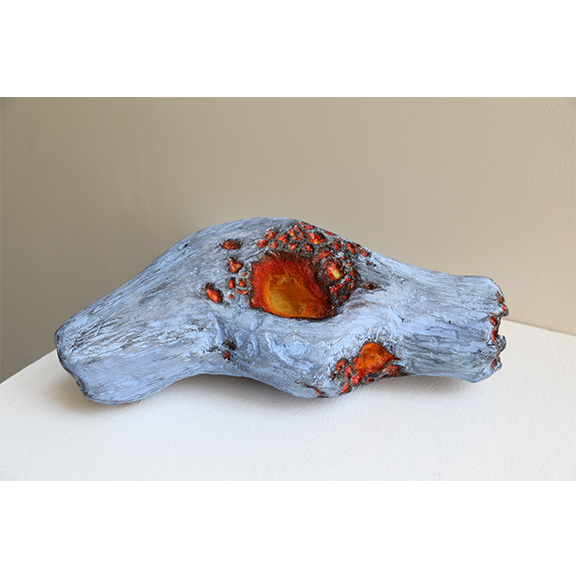


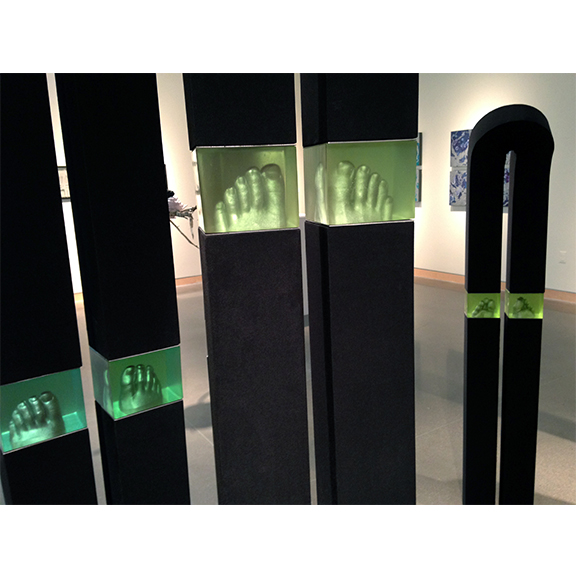

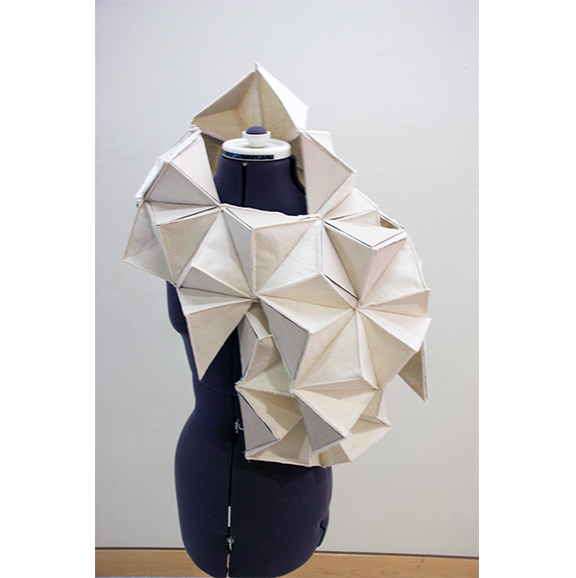
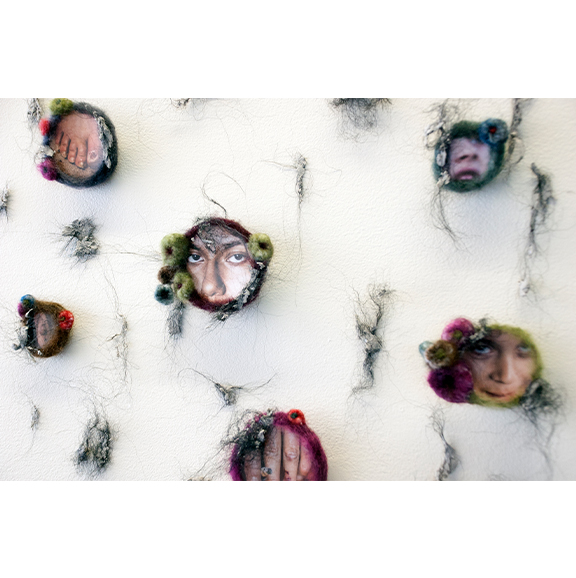


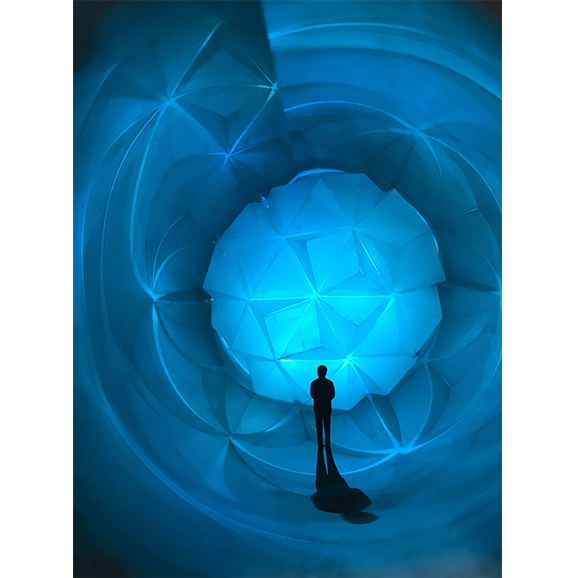

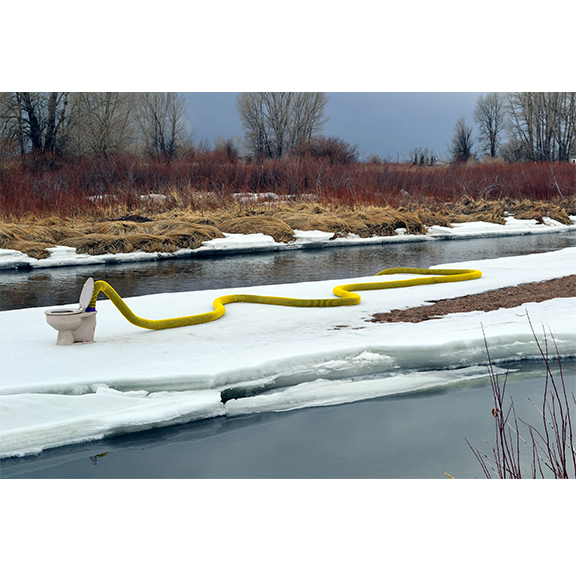
Department of Visual Arts
Visual Arts Building, Room 110
Hours: 8:00 am - 5:00 pm (Academic Year)
7:30 am - 4:30 pm (Summer)
1000 E. University Ave.
Dept. 3138
Laramie, WY 82072
Phone: (307) 766-3269
Email: visualarts@uwyo.edu